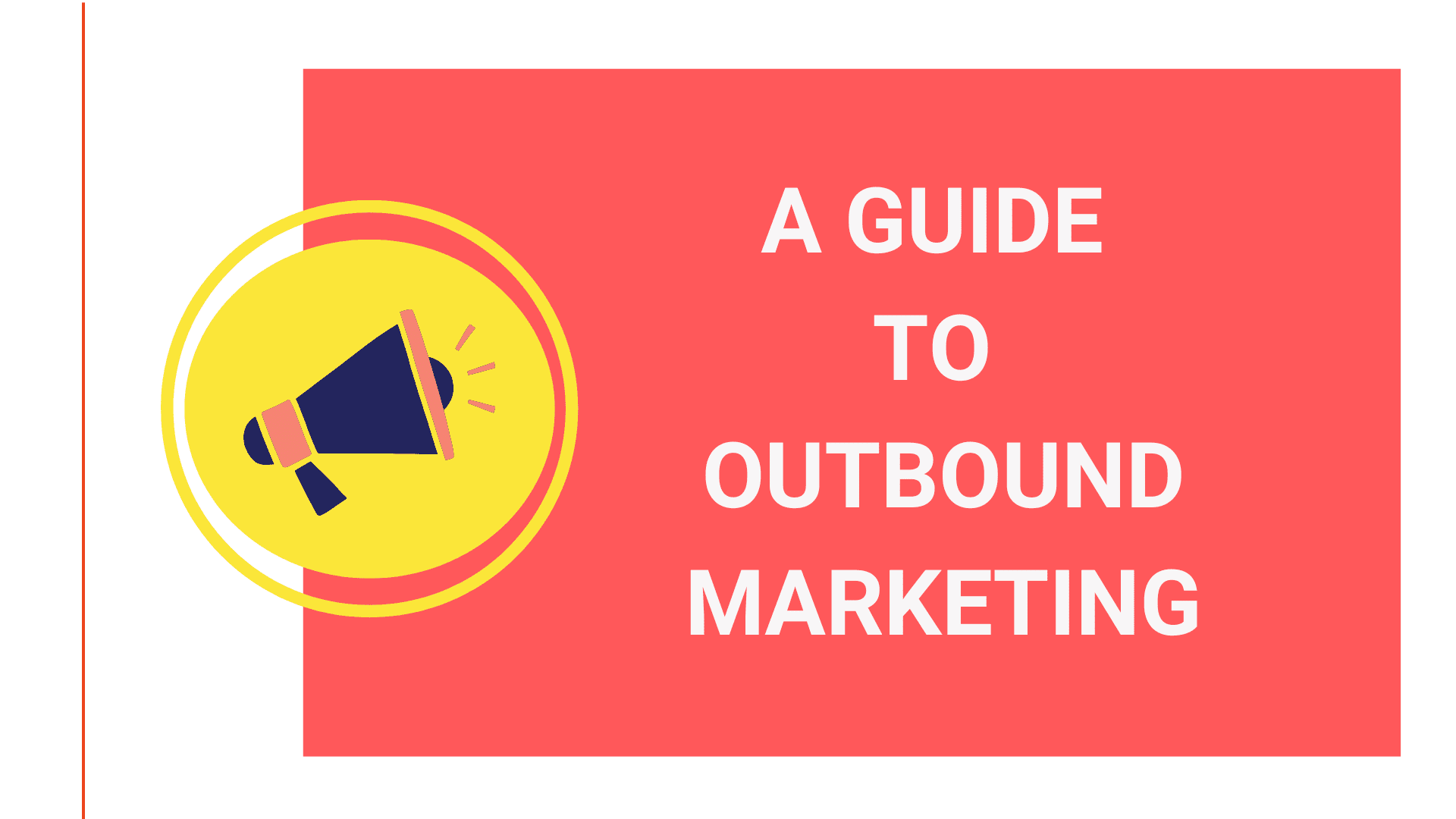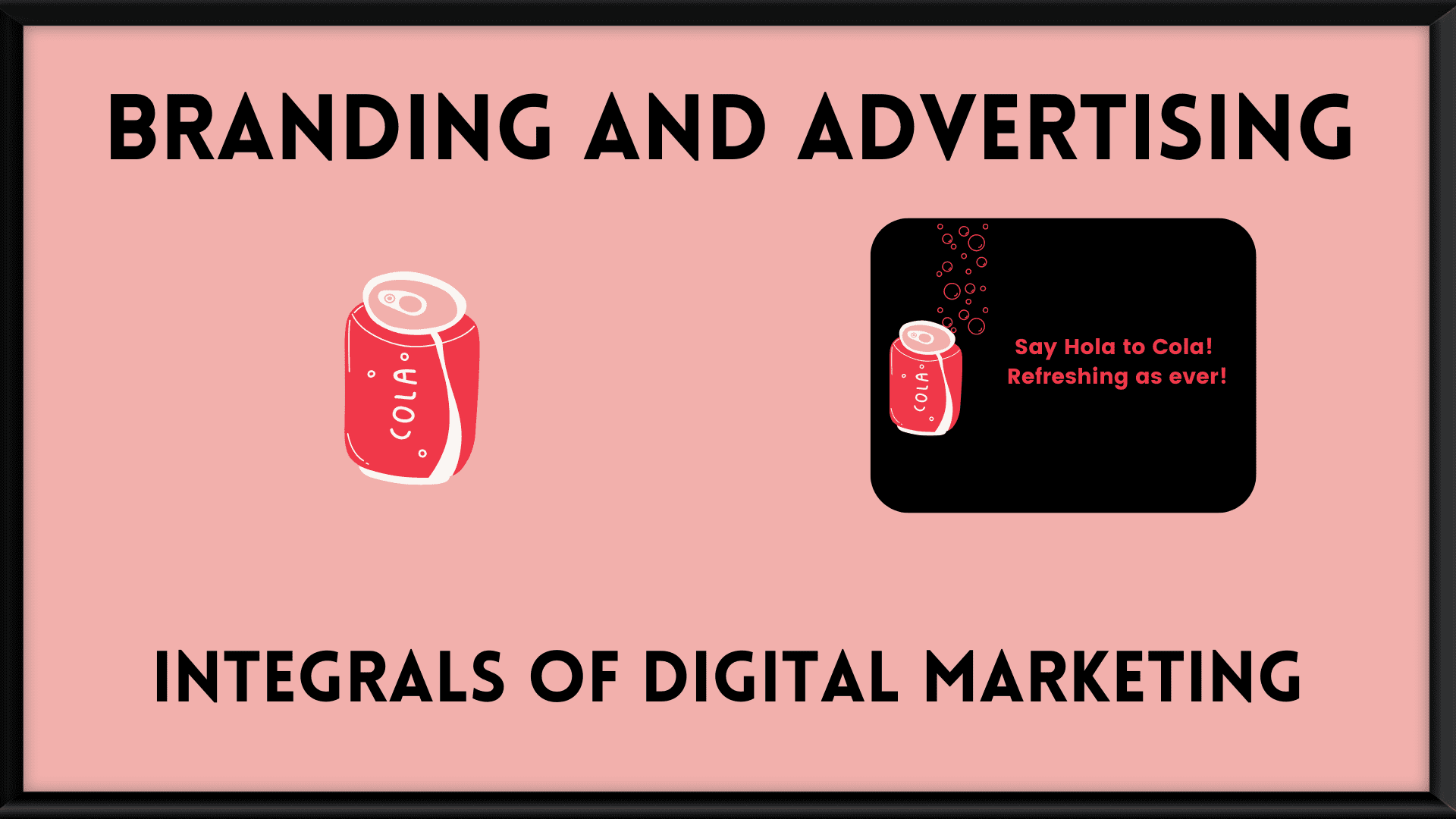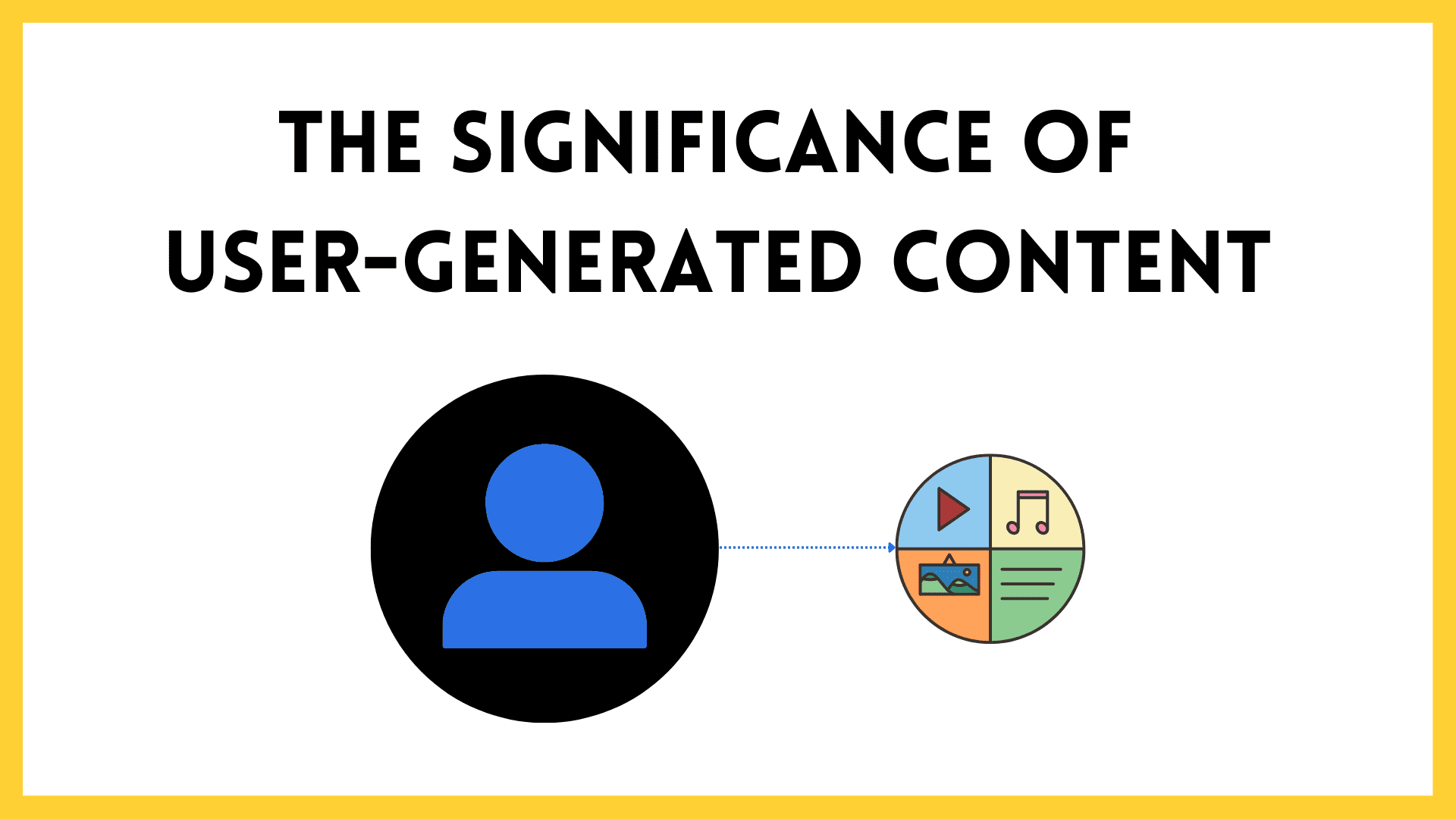

- Introduction
- What is Outbound Marketing?
- Pros of Outbound Marketing:
- Brand Awareness
- Quick results
- Easy to Implement
- Cons of Outbound Marketing:
- Pricey
- Difficult to Measure
- Ineffective
- Outbound Marketing Strategies:
- Cold Emails
- Trade Shows/Events
- Social Media Ads
- Conclusion
While watching Television, you must have seen a couple of advertisements from the brands that we use every day, for example, Coca-cola, Lays, etc. This is an example of Outbound marketing. Outbound Marketing is an ancient technique but many companies even use it today. By the end of this, you’ll come to know if it is beneficial to your business or not and if you should add it to your marketing strategy.
What is Outbound Marketing?
Outbound Marketing is known as Interruption Marketing, It’s about pushing your products and services to customers. In Outbound Marketing, Brands talk about their products or services to a large number of people even if customers are not interested in their products or services. After leads are generated, the sales team follows up after that and helps them in their decision-making.
Outbound Marketing requires a lot of effort and time as several messages are sent using different channels to reach one potential customer.


Outbound Marketing ChannelsIt has become an ancient technique and it’s declining as this type of marketing only works for some people.
Our grandparents prefer cold calls or an advertisement on the television as they grew up with this. Whereas today’s generation is quite different, we have grown up in an environment where if we don’t like something we get rid of it.
As there is only one way of communication in Outbound Marketing, it can be challenging to understand what people are actually thinking about the brand. Businesses have to pay extra to conduct surveys to collect customer feedback.
Just like everything else, even Outbound marketing has pros and cons. Before adding it to your marketing strategy it’s essential to weigh the pros and cons. It’s tough to get outbound marketing right but knowing the pros and cons in detail can help you to use the tactic effectively.
Pros of Outbound Marketing:
1) Brand Awareness:
Outbound marketing is a great way to raise brand awareness as it helps you to spread the word about your brand to a wider audience.
2) Quick Results:
One of the best benefits of adding outbound marketing to your strategy is that it provides quick results. People quickly purchase products when they see a TV ad.
3) Easy to Implement:
Implementing outbound marketing strategies is much easier than inbound marketing strategies as it takes much longer to prepare content as it has to be well-researched.
Cons of Outbound Marketing:
1) Pricey:
To host seminars and trade shows you require to have big budgets. Companies spend a lot of money on Outbound marketing and get no leads. Therefore, small companies don’t include outbound marketing in their strategy.
2) Difficult to Measure:
It becomes difficult to measure return on investment (ROI). Traditional forms of marketing like TV ads, billboards, etc are difficult to measure.
3) Ineffective:
As companies push out messages, e-mails, calls, pop-up ads, etc it can be ineffective as people can block them using email spam, block browser extensions, etc.
Outbound marketing Strategies can help you to boost and grow your business:
If companies want to utilize outbound marketing strategies, it’s essential for them to know which type of channels are working best for their business and then set aside a budget for that channel. Tracking will help you to know which channels work best for you!
Here are some marketing strategies that you can use:
1) Cold Emails:
Marketers generate a lot of ROI from emails. We all dislike receiving promotional emails from brands. Emails is an outbound marketing strategy as it is sent to prospects.
Businesses can invest some more time by making emails highly personalized by adding the user’s name or adding something that is relevant to the user. You can even add a creative subject line that makes the user want to open the email.
This will help it to make your emails more effective. You can also A/B test the emails to see which is better.
2) Trade Shows/Events:
Hosting Trade shows or events is a great way to showcase your brand’s products or services in front of a large audience. It is a great way to maintain the brand’s identity and reach new audiences. When planning a trade show, ensure that you know what goals and objectives you want to achieve and set a budget.
3) Social Media Ads:
According to a study, On average people spend around 2 hours and 30 minutes browsing social media sites. Consequently, Companies should use this space constructively to run ads. It is a great way to reach your target audience. Social media is an outbound marketing tool as you reach your target audience by paying for the ads.
To make outbound marketing effective, companies should combine inbound marketing and outbound marketing. Companies should plan it well and they should be designed according to the funnel advertising methodology. Now, you have a better understanding of Outbound marketing and you can make a better decision about if you want to add it to your marketing strategy.


